Xiaomi 15 vs. Samsung Galaxy S25: A Comprehensive Comparison
When it comes to choosing between the Xiaomi 15 and the Samsung Galaxy S25, both smartphones showcase cutting-edge technology and the latest Snapdragon chipset. Ultimately, your decision will hinge on brand loyalty, user experience, and overall value. Samsung touts its long-term software support and robust build quality, while Xiaomi presents superior hardware at a more accessible price point. This detailed comparison is essential for anyone contemplating a flagship device that balances premium features with affordability. Whether your focus is on software longevity, camera quality, or battery performance, understanding the distinctions between these two models will guide you in making an informed choice.
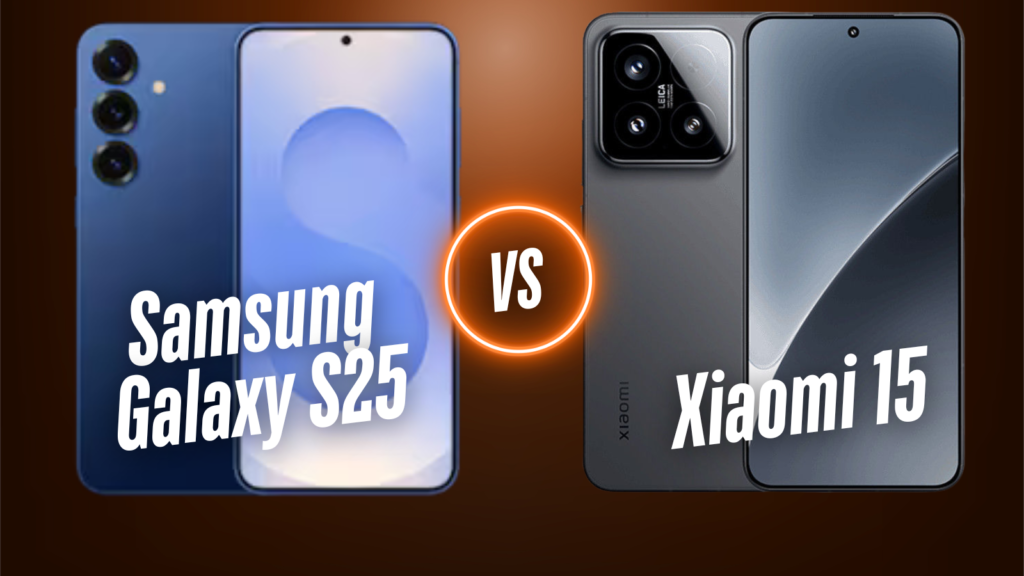
Design and Display: Aesthetic Appeal and Functionality
Both the Xiaomi 15 and Galaxy S25 feature premium designs, crafted from glass and aluminum, and boast IP68 ratings for water and dust resistance. This durability ensures they withstand daily wear and tear. The Galaxy S25 utilizes Gorilla Glass Victus 2 on both sides, while the Xiaomi 15 incorporates shatterproof glass, potentially offering enhanced drop protection. Samsung’s Armor Aluminum 2 frame provides additional resistance to bending, while Xiaomi opts for a lighter aluminum alloy, making it easier to handle.
When it comes to display technology, the two smartphones diverge significantly. Samsung’s 6.2-inch Dynamic LTPO AMOLED 2X panel achieves an impressive peak brightness of 2600 nits. In contrast, Xiaomi’s 6.36-inch LTPO OLED display excels with a peak brightness of 3200 nits, ensuring superior visibility in bright conditions. Additionally, Xiaomi supports Dolby Vision, enhancing the viewing experience for HDR content. While Samsung’s screen is slightly smaller with thinner bezels and an Always-on Display feature, those who prioritize vibrant colors and outdoor usability will find Xiaomi’s offering more compelling.
Performance and Specifications: Power Under the Hood
Both the Xiaomi 15 and Samsung Galaxy S25 are powered by Qualcomm’s Snapdragon 8 Elite chipset, ensuring exceptional performance. Samsung’s variant boasts a marginally higher clock speed of 4.47 GHz, compared to Xiaomi’s 4.32 GHz, which may translate to slightly improved peak performance. Both devices utilize UFS 4.0 storage technology, but Xiaomi provides options up to 1TB of storage with 16GB of RAM, while Samsung caps its offerings at 512GB and 12GB of RAM.
In terms of battery life, Xiaomi clearly takes the lead with a robust 5400mAh battery, significantly outpacing Samsung’s 4000mAh. Charging capabilities also favor Xiaomi, with 90W wired, 50W wireless, and 10W reverse wireless charging. Samsung, in contrast, supports only 25W wired, 15W wireless, and 4.5W reverse wireless charging. This translates to faster charging times and longer usage periods for the Xiaomi 15, although Samsung’s One UI may optimize battery longevity more effectively over time.
Camera Capabilities: Capturing Moments
In the camera department, the Xiaomi 15 outshines the Galaxy S25 with its triple-camera setup, featuring three 50MP sensors. Samsung, however, offers a combination of a 50MP main sensor, a 10MP telephoto lens, and a 12MP ultrawide camera. The larger primary sensor on the Xiaomi 15 (1/1.31″) is designed for superior low-light performance compared to Samsung’s (1/1.56″). Additionally, Xiaomi’s 50MP telephoto lens provides more detail than Samsung’s 10MP lens at the same zoom level.
Both smartphones support video recording at 8K 30fps and 4K HDR10+. However, Xiaomi enhances its video capabilities with 10-bit Dolby Vision HDR and LOG recording, making it an excellent choice for content creators. The selfie camera on the Xiaomi 15 also surpasses Samsung’s offering, featuring a 32MP lens compared to Samsung’s 12MP. Overall, Xiaomi leads in terms of camera quality, offering more detailed photos and advanced video features, while Samsung’s AI-driven capabilities cater to casual users seeking reliable performance.
Pricing and Value: Making the Right Choice
The Samsung Galaxy S25 is priced around $799.99, whereas the Xiaomi 15 comes in at approximately $640. This substantial price difference makes Xiaomi an attractive option, especially given its superior camera capabilities, larger battery, and faster charging times. Samsung justifies its higher price point by offering seven years of software updates, a more durable design, and a polished One UI experience. If you value long-term reliability and ongoing software support, the Galaxy S25 may warrant the extra investment. However, if you’re seeking the best hardware value for your money, the Xiaomi 15 stands out as a compelling choice.
Samsung Galaxy S25 vs Xiaomi 15:
| Feature | Samsung Galaxy S25 | Xiaomi 15 |
|---|---|---|
| Price | $799.99 | $640 |
| Battery | 4000mAh | 5400mAh |
| Charging Speed | 25W Wired | 90W Wired |
| Camera Setup | 50MP + 10MP + 12MP | 50MP + 50MP + 50MP |
| Display Brightness | 2600 nits | 3200 nits |
Conclusion: Which Flagship Should You Choose?
In summary, the Xiaomi 15 excels in terms of hardware and pricing, boasting a larger battery and faster charging. Its camera system, featuring 50MP sensors across the board, offers superior performance compared to Samsung’s focus on AI enhancements and reliability. Samsung’s commitment to long-term software updates and its durable build may appeal to those seeking a reliable flagship experience. However, if value for money and hardware specifications are your primary concerns, the Xiaomi 15 clearly stands out as the better option.
Full specification comparison Xiaomi 15 vs Samsung Galaxy S25
| Feature | Samsung Galaxy S25 | Xiaomi 15 |
|---|---|---|
| Price | $799.99 | $640 |
| Design Material | Glass front (Gorilla Glass Victus 2), Glass back, Aluminum frame (Armor Aluminum 2) | Glass front, Glass back (shatterproof), Aluminum alloy frame |
| Water/Dust Resistance | IP68 | IP68 |
| Display | 6.2″ Dynamic LTPO AMOLED 2X, 120Hz, HDR10+, 2600 nits (peak) | 6.36″ LTPO OLED, 120Hz, Dolby Vision, 3200 nits (peak) |
| Resolution | 1440 x 3088 pixels | Not specified, but typically high for flagship devices |
| Always-On Display | Yes | No |
| Processor | Qualcomm Snapdragon 8 Elite, 4.47 GHz | Qualcomm Snapdragon 8 Elite, 4.32 GHz |
| RAM | 12GB | Up to 16GB |
| Storage | Up to 512GB (UFS 4.0) | Up to 1TB (UFS 4.0) |
| Battery | 4000mAh | 5400mAh |
| Charging | 25W wired, 15W wireless, 4.5W reverse wireless | 90W wired, 50W wireless, 10W reverse wireless |
| Camera Setup | – 50MP main (1/1.56″) – 10MP telephoto – 12MP ultrawide | – 50MP main (1/1.31″) – 50MP telephoto – 50MP ultrawide |
| Video Recording | 8K@30fps, 4K HDR10+ | 8K@30fps, 4K HDR10+, 10-bit Dolby Vision HDR, LOG recording |
| Front Camera | 12MP | 32MP |
| Software Updates | 7 years of major Android updates | Shorter but premium software promise with HyperOS 2 |
| Operating System | Android 15 with One UI 7.0 | Android 15 with HyperOS 2 |
| Additional Features | S Pen (Ultra model only), AI features like Generative Edit, Live Translate | IR Blaster, enhanced video capabilities, AI camera zoom |
| Build Durability | More durable with Armor Aluminum 2 | Lighter design with potentially better drop protection |
| Value Proposition | Long-term software support, robust build, refined user experience | Superior hardware specs, better camera quality, faster charging, more affordable |
Notes:
- Display: Xiaomi’s display offers higher brightness which is beneficial for outdoor visibility, while Samsung’s display has the advantage of thinner bezels and Always-on functionality, enhancing user interaction.
- Performance: While both devices are powered by the Snapdragon 8 Elite, the slight difference in clock speed might not be noticeable in day-to-day use but could matter in intensive tasks. Xiaomi’s higher RAM and storage options provide more flexibility for power users.
- Battery and Charging: Xiaomi’s advantage in battery capacity and charging speed is significant for users who require long-lasting power and quick top-ups.
- Camera: Xiaomi’s camera setup provides higher resolution across all lenses, which could mean better detail in photos, especially in low light due to the larger main sensor. Samsung’s focus on AI features might appeal to users who prefer automated enhancements.
- Pricing: Xiaomi offers a compelling value proposition with its lower price, superior hardware, and features like faster charging, making it attractive for those seeking performance without a high price tag. Samsung’s pricing is justified by its long-term software support, which is a significant factor for users planning to keep their device for several years.
This comparison should help you decide which smartphone aligns best with your needs, whether it’s through the lens of long-term support and build quality with Samsung or superior hardware and value with Xiaomi.
Xiaomi 15 vs Samsung Galaxy S25
Discover the ultimate comparison between Xiaomi 15 vs Samsung Galaxy S25, focusing on design, performance, camera quality, and pricing.
Tags: Galaxy S25, Xiaomi 15, smartphone comparison, Xiaomi for All, technology news, flagship phones
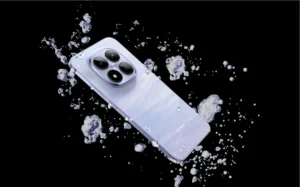


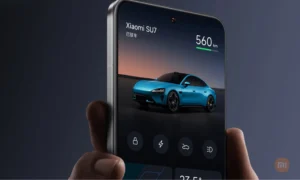
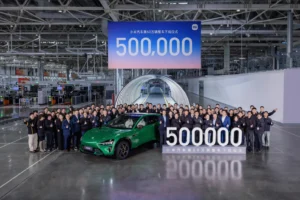
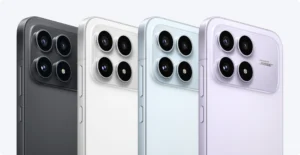
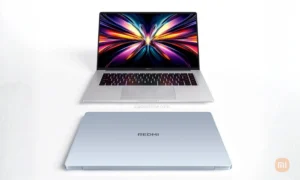
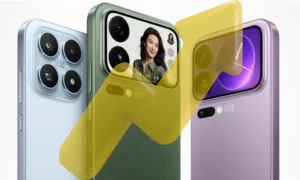
2 thoughts on “Xiaomi 15 vs. Samsung Galaxy S25: A Comprehensive Comparison”